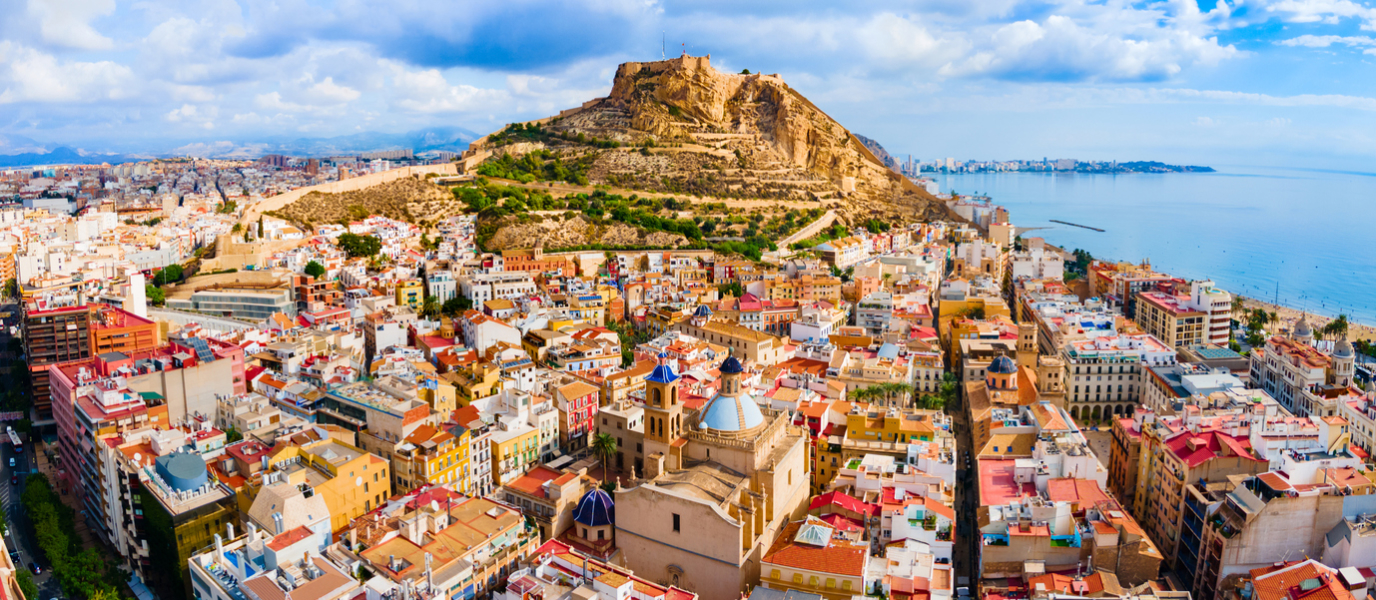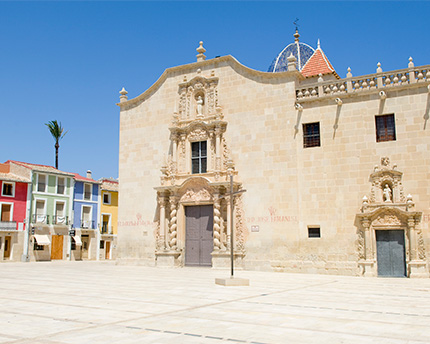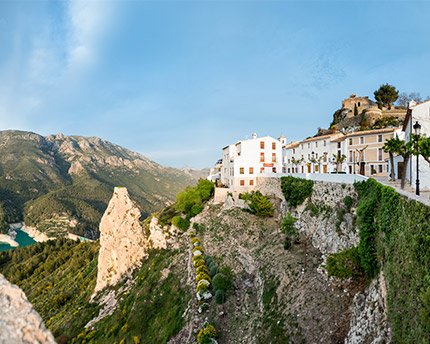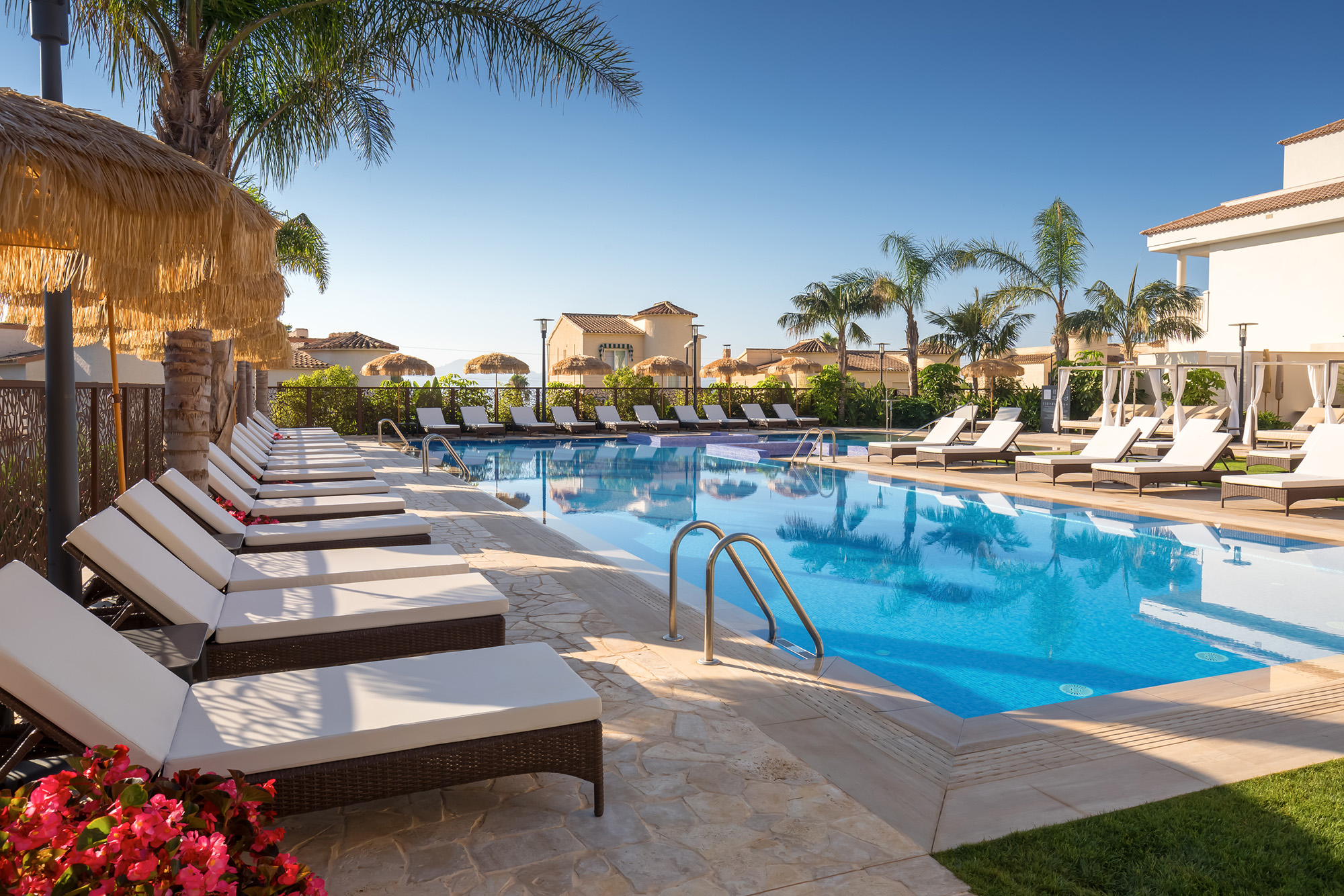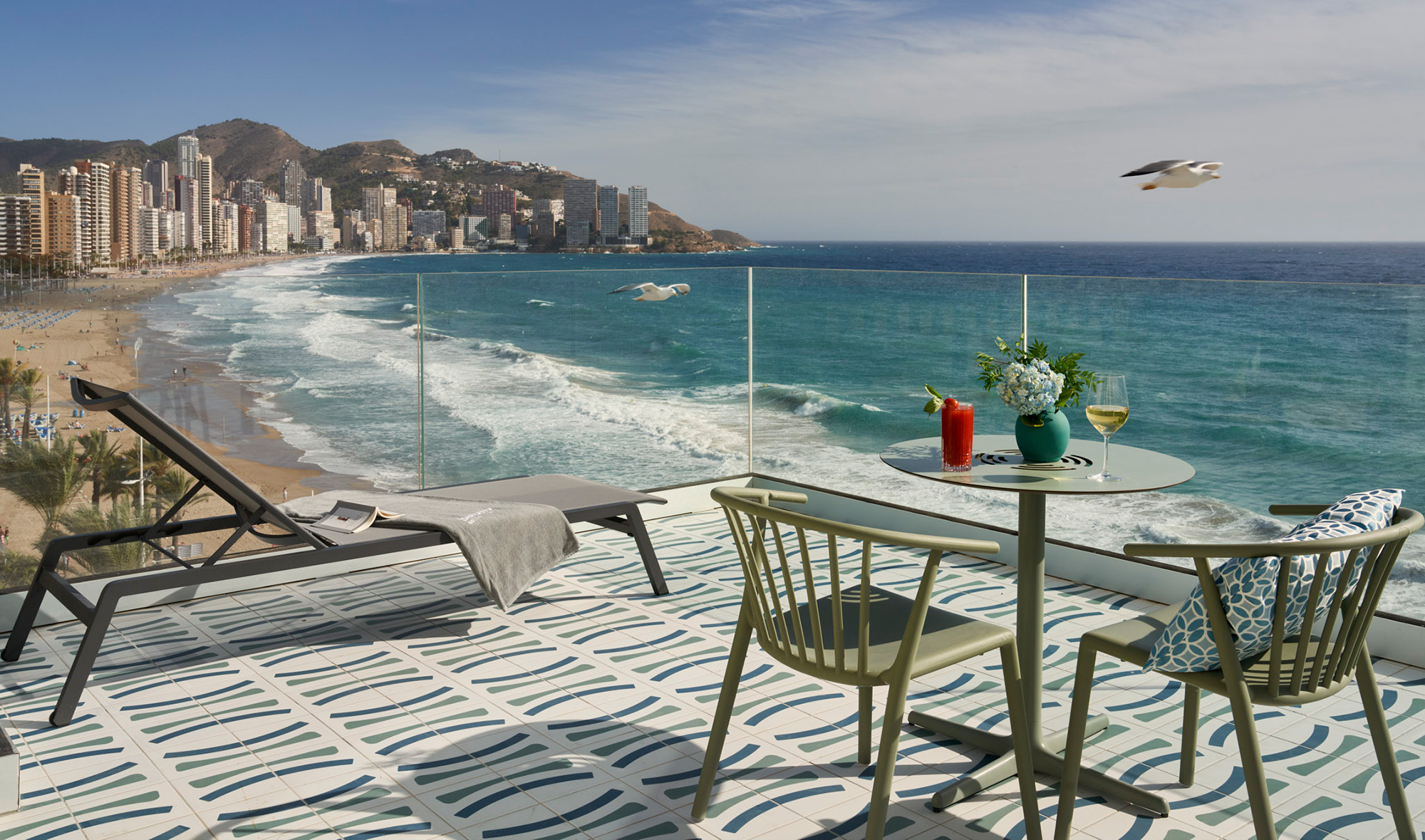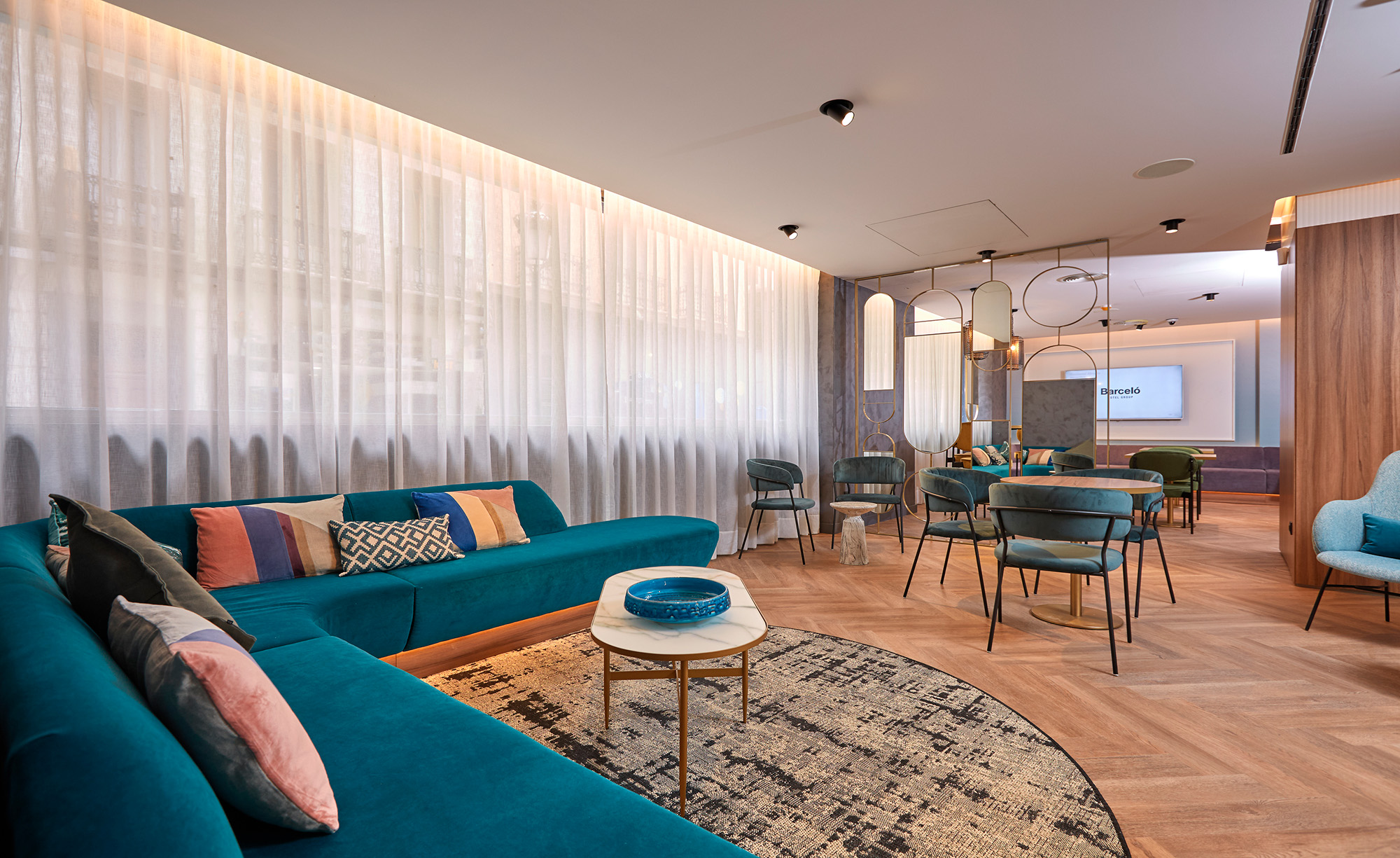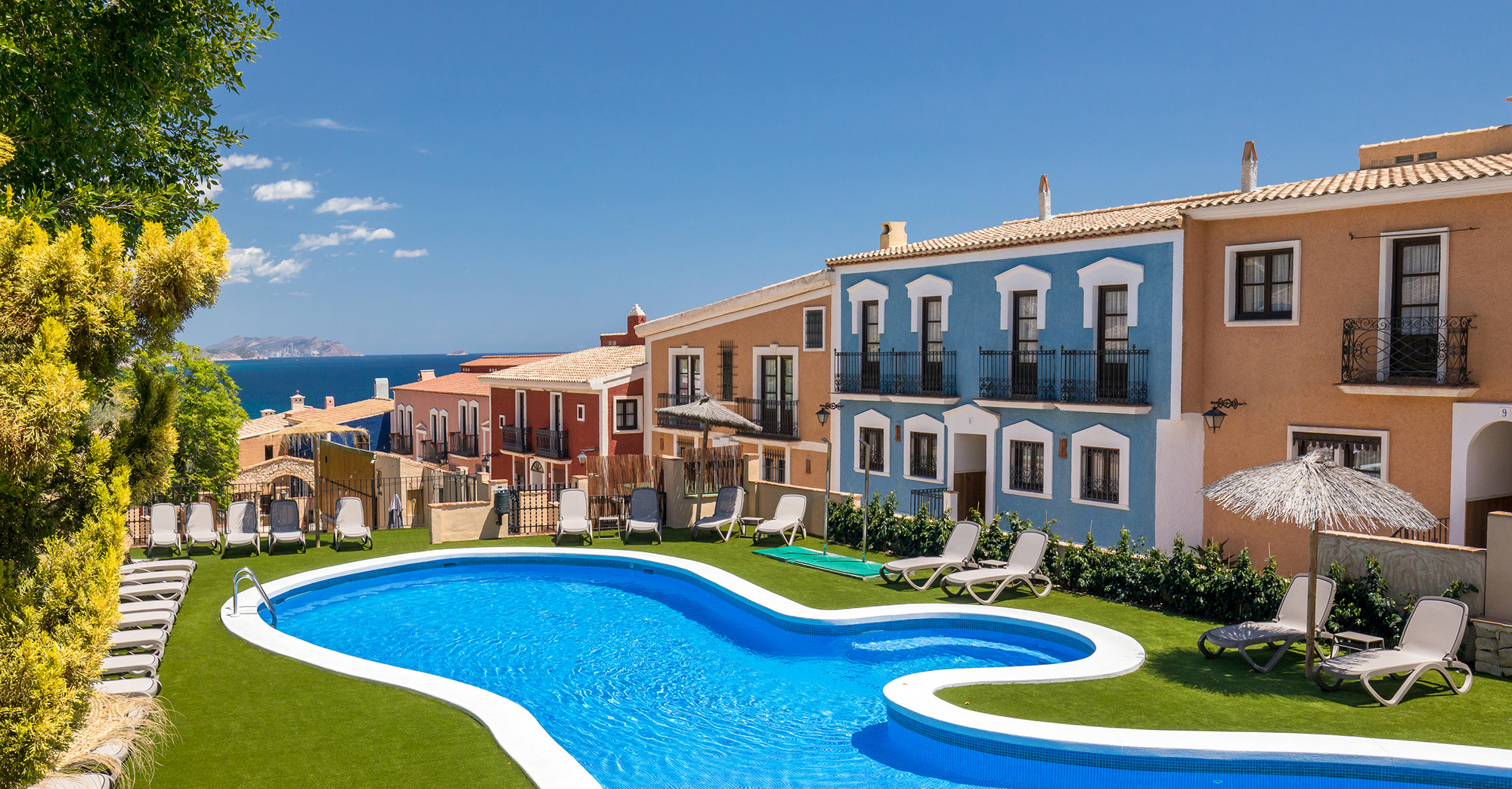Situated on the northern coast of the province of Alicante, Denia (or Dénia in Valencian) is the capital of the Marina Alta region. The present-day city is the result of the various cultures that have at some point been present: Iberians, Romans, Muslims and Christians have all left their mark by means of Denia’s different monuments, archaeological sites and streets.
And, once you’ve discovered its beaches and the outstanding Montgó Natural Park, as well as the secrets of the old town, the Church of the Assumption, and the Ethnological Museum, the best thing to do is to visit one of the most iconic symbols of this beautiful city, Denia Castle. There you’ll be able to discover an authentic fortress whose origins date back to Islamic times and house a highly interesting Archaeological Museum.
Some background behind Denia Castle
In the surrounding area of the castle, remains of Roman constructions have been found dating from when the town was known as Diannium. Nevertheless, to discover the origins of the castle, one must travel back to Islamic times during the eleventh and twelfth centuries, which is when many new features began to be added to Denia Castle.
The castle was originally used as a citadel or the ruler’s residence; in other words, an Arab palace. It was divided into two concentric enclosures: the lower one was known as the Al-bacar, where livestock was kept, and the upper one was the palace itself. The medina or Arab city was located outside.
Around the year 1304, in Christian times, the castle was transformed when inhabitants were relocated to the walled enclosure and the Vila Vella (the Old Town) was formed. And thus it became the most important urban centre until the War of the Spanish Succession.
During the centuries that correspond with the Renaissance, some of the most noteworthy additions to the castle were made, such as the Torre Roja (Red Tower). Defensive systems were strengthened and the Governor’s Palace, the seasonal residence of the Duke of Lerma, the chief minister of Philip III, was also rebuilt.
With the onset of the War of the Spanish Succession, the palace and the Vila Vella were destroyed. In the nineteenth century Denia Castle ceased to be used for defensive or military purposes and it passed to private ownership. Later in the twentieth century it was returned to public use and underwent various restoration projects, since it was judged to be an important piece of the city’s heritage.
Visiting Denia Castle
After suffering serious damage due to war and pirate attacks, the walls of the castle are these days a mix of different styles. We recommend making your way to the castle by foot via Calle San Francisco in the neighbourhood of Les Roques. Once inside there are many beautiful features to admire:
- Portal de la Vila. The castle’s main gateway dates from the twelfth century and its Almohad origins can be seen in the barrel vault ceiling and the pointed arches.
- Torre Roja. Built in the fifteenth century, this tower is one of the main features of the castle. Situated to one side of the main entrance, it is particularly striking due to the red sandstone that was used to build it.
- Torre del Cos de Guardia. Situated on the other side of the Portal de la Vila, this tower was where the sentry lived. Although it dates from the twelfth century, various alterations were made in the sixteenth and seventeenth centuries.
- Torre del Consell. Dating from the fifteenth century, this tower is the most prominent part of the walled enclosure. It was the site at which the Consell de la Vila (the Town Council) assembled and inside it boasts a Gothic hall with a beautiful ribbed vault ceiling.
- La Vila Vella. In this open-air area remains of medieval houses, which formed part of the town founded by James II in the early fourteenth century, can be seen.
- El Baluard. This bastion dates back to the eighteenth century and was one of the largest in the whole castle, used to monitor the town’s main entrances.
- Portal del Baluard. The origins of this construction, a gateway connecting the Al-bacar and the citadel, are Islamic. Notice the three arches that can each be traced back to different periods. Among them, the horseshoe is of particular note.
- Palacio del Gobernador (Governor’s Palace). The palace, which served as the residence of the Duke of Lerma, now houses the Archaeological Museum. It consists of four rooms, which each deal with Iberian, Roman, Muslim and Christian periods. The museum offers an itinerary tracing the evolution of Denia from its origins all the way through to the eighteenth century. Some of its most important pieces include the collections of Islamic bronze and Andalusian ceramics.
- Stone path. This was the Vila Vella’s main thoroughfare, which led to the Governor’s Palace. Today this fourteenth century path can still be walked along, whilst admiring its surroundings.
- Punta del Diamant. Another one of the enclosure’s bastions, this one originates from the Renaissance and has a unusual angular shape, hence its name (Diamant Point).
- Torre del Galliner. Take a good look at the base of this tower, which indicates that it is one of the castle’s remaining Roman structures
- Torre del Mig. Built in the eleventh century, this tower is one of the different Islamic structures that have been preserved, albeit with some features added during the Renaissance.
- Portal dels Reis. This is the eastern entrance of Vila Vella, which in this case led to the port. Through this gate you can conclude you visit to Denia Castle and continue walking towards the seaside neighbourhood of Baix la Mar where you can relax on a terrace and gaze out towards the coast.



























































